London may be known as a bustling metropolis with its iconic skyline and historic architecture, but scattered throughout the city are tranquil green retreats that offer respite from urban intensity. Beyond the famous royal parks lie lesser-known gardens, converted churchyards, and pocket parks tucked away in unexpected corners.
These hidden oases provide peaceful sanctuaries where Londoners and visitors can reconnect with nature without leaving the city limits. Here is a list of 20 secret green spaces in London that remain relatively undiscovered, offering serene environments away from the tourist crowds and city noise.
Phoenix Garden, Covent Garden
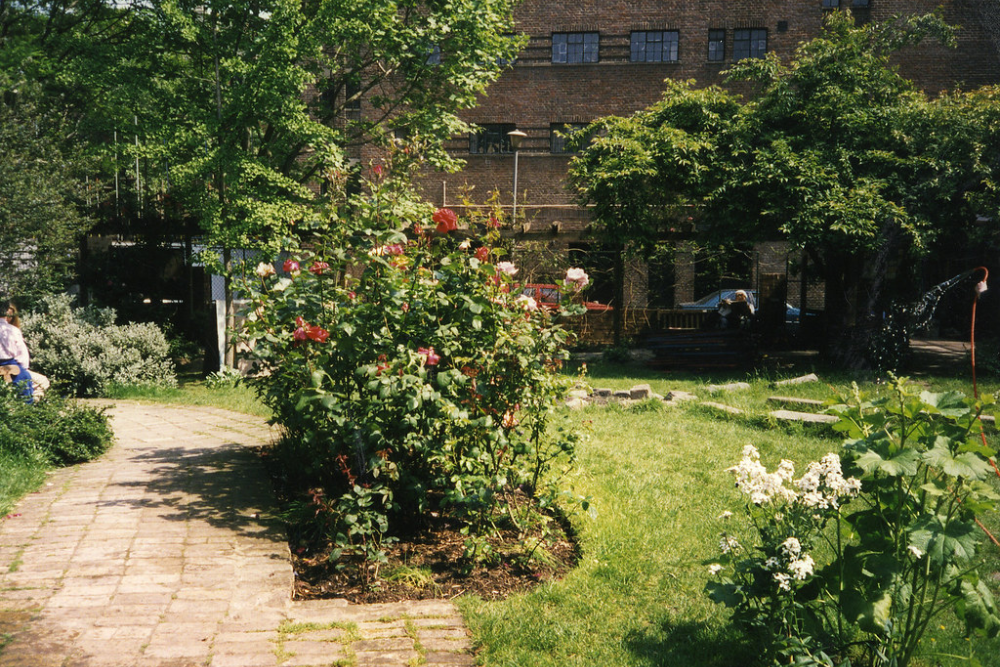
Phoenix Garden thrives in an unlikely location – nestled between busy Charing Cross Road and Shaftesbury Avenue, yet remarkably peaceful despite being steps away from the West End’s theaters. This community-managed green space transformed a former car park into a thriving wildlife garden with thoughtful planting that supports bees, birds, and London’s largest frog population.
The garden incorporates sustainable practices, including rainwater harvesting and composting, while providing a serene lunch spot for local workers who enjoy its wooden benches beneath flowering pergolas.
St. Dunstan in the East, Monument
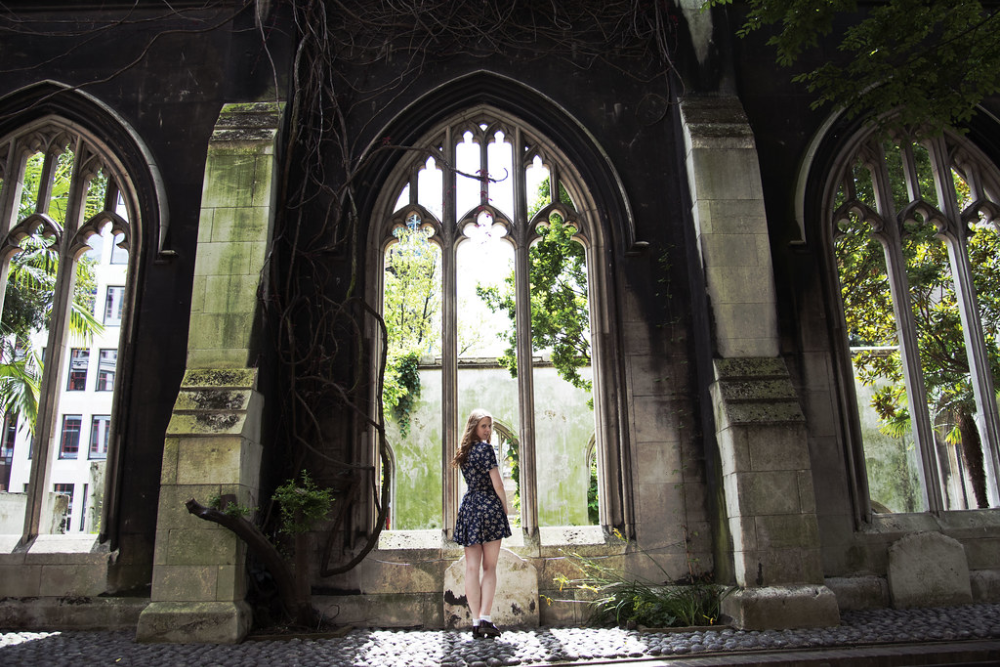
St. Dunstan in the East presents one of London’s most atmospheric gardens within the ruins of a Christopher Wren church damaged during the Blitz and never fully rebuilt. Ivy-covered stone walls frame gothic windows open to the sky while climbing plants wind around surviving arches to create a hauntingly beautiful space that feels frozen in time.
The garden’s design works in harmony with the ruins rather than competing with them, creating an enchanted atmosphere that transports visitors away from the nearby financial district into what feels like a forgotten medieval sanctuary.
Like Travel Pug’s content? Follow us on MSN.
Crossbones Garden, Southwark
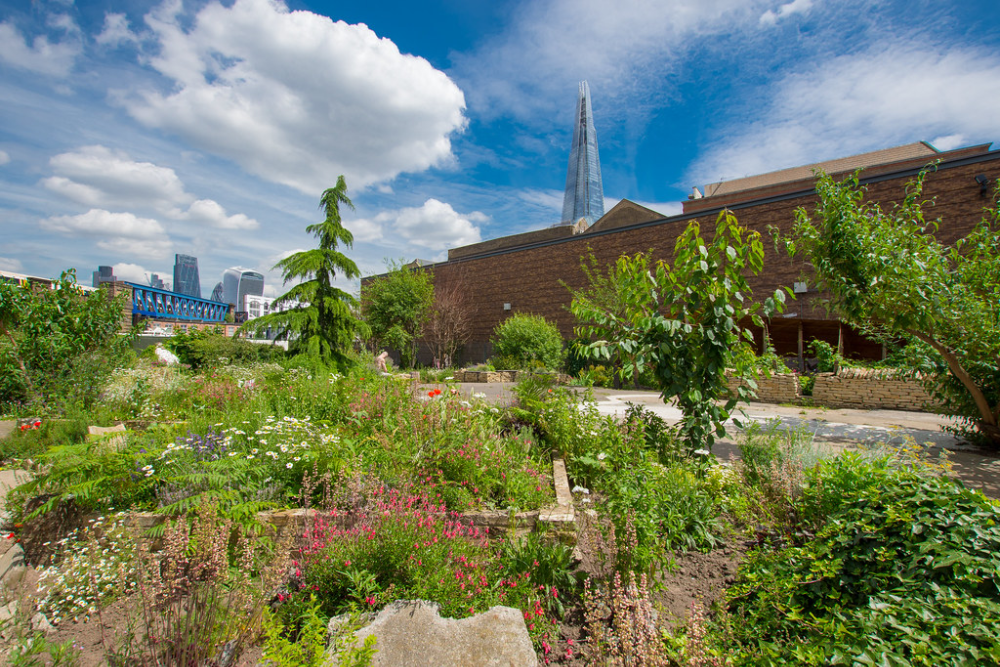
Crossbones Garden honors the outcast dead – particularly the medieval escorts who were buried in unconsecrated grounds near what is now London Bridge station. This small memorial garden, established after archaeological excavations discovered the burial site, features ribbons, tokens, and personal tributes tied to its gates, creating a moving community shrine.
The space balances its somber history with thoughtful planting and peaceful seating areas, transforming what was once marginal land into a place of reflection that honors forgotten Londoners while providing a contemplative green space.
Barbican Conservatory, City of London
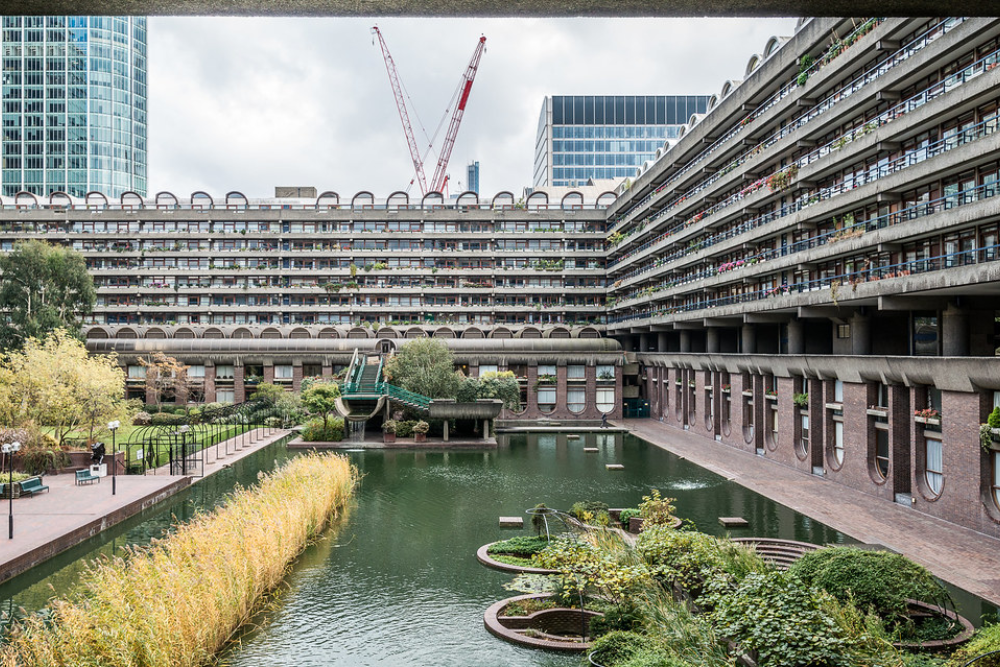
Barbican Conservatory hides London’s second-largest conservatory within the iconic brutalist arts complex, opening only on select days, which helps maintain its status as a genuine hidden gem. The dramatic contrast between concrete architecture and over 2,000 tropical plant species creates a uniquely urban jungle atmosphere spanning multiple levels with winding walkways.
Specialized collections of exotic fish, rare orchids, and arid zone plants add botanical interest. In contrast, the incongruity of tropical plants thriving within brutalist surroundings gives the space a distinctly surreal quality not found in traditional garden settings.
St. Mary Aldermanbury Garden, City of London
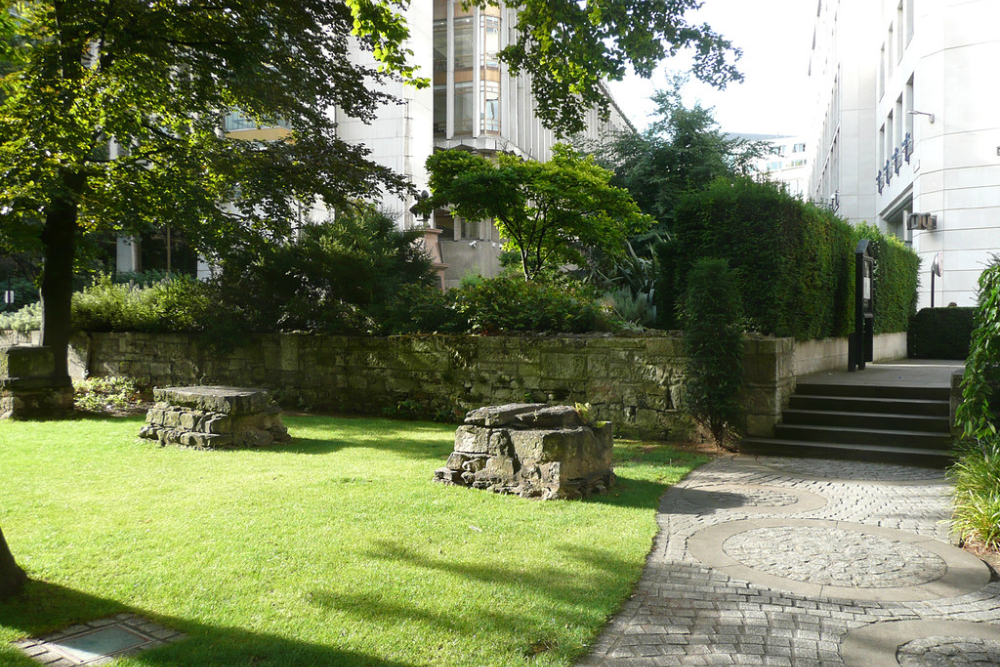
St. Mary Aldermanbury Garden occupies the footprint of another Wren church lost during the Blitz. However, this one has a remarkable history – its remaining stones were transported to Fulton, Missouri, to create a memorial to Winston Churchill.
The peaceful garden that replaced it features the original church foundations marked in stone, creating a contemplative space with historical resonance. Beautiful planted borders and ornamental trees surround a bust of Shakespeare and a memorial to John Heminge and Henry Condell, who compiled the first folio of Shakespeare’s works, giving literary significance to this tranquil city retreat.
Like Travel Pug’s content? Follow us on MSN.
Postman’s Park, City of London
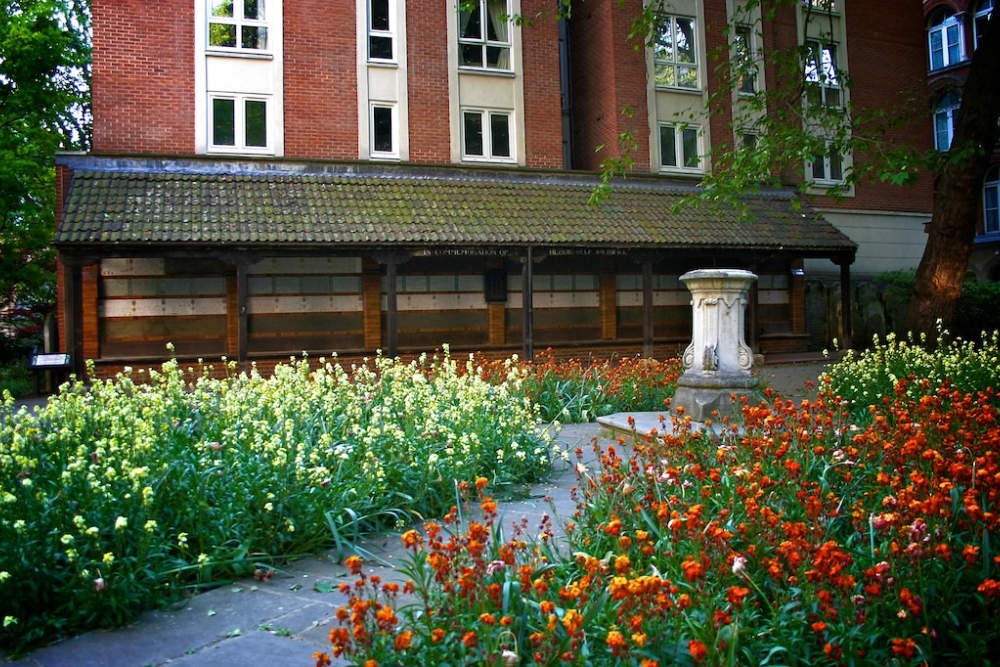
Postman’s Park gained literary fame through its appearance in the novel and film ‘Closer,’ but many visitors still miss this moving space near St. Paul’s Cathedral. The garden’s most distinctive feature is the Memorial to Heroic Self-Sacrifice – a wall of ceramic tiles commemorating ordinary people who lost their lives while saving others, each telling a poignant story in brief form.
Beyond this unique memorial, the park offers shaded benches beneath mature plane trees and carefully maintained planting beds that provide a peaceful setting for contemplating both everyday heroism and the simple pleasure of urban green space.
Isabella Plantation, Richmond Park
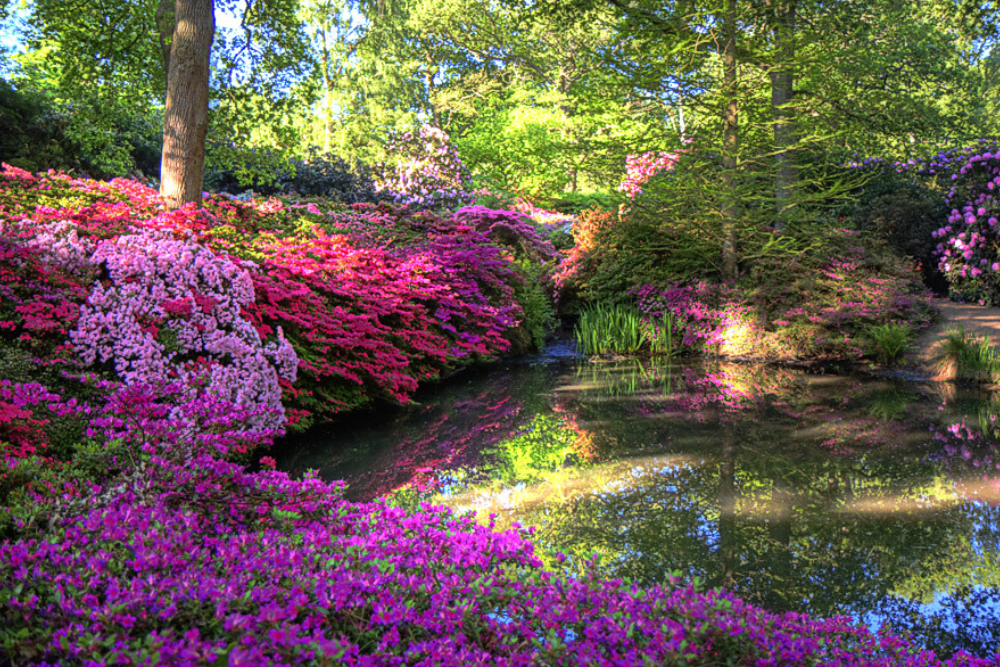
Isabella Plantation is a woodland garden within Richmond Park, remaining relatively undiscovered compared to the park’s famous deer-spotting areas. This 40-acre Victorian woodland garden features spectacular azaleas and rhododendrons that create rivers of color during spring blooms, while streams and ponds support diverse wildlife throughout the year.
The plantation’s network of secluded paths leads visitors through different microenvironments, from dense evergreen areas to sunny clearings, creating the feeling of being miles from London despite being within the city limits.
Kyoto Garden, Holland Park
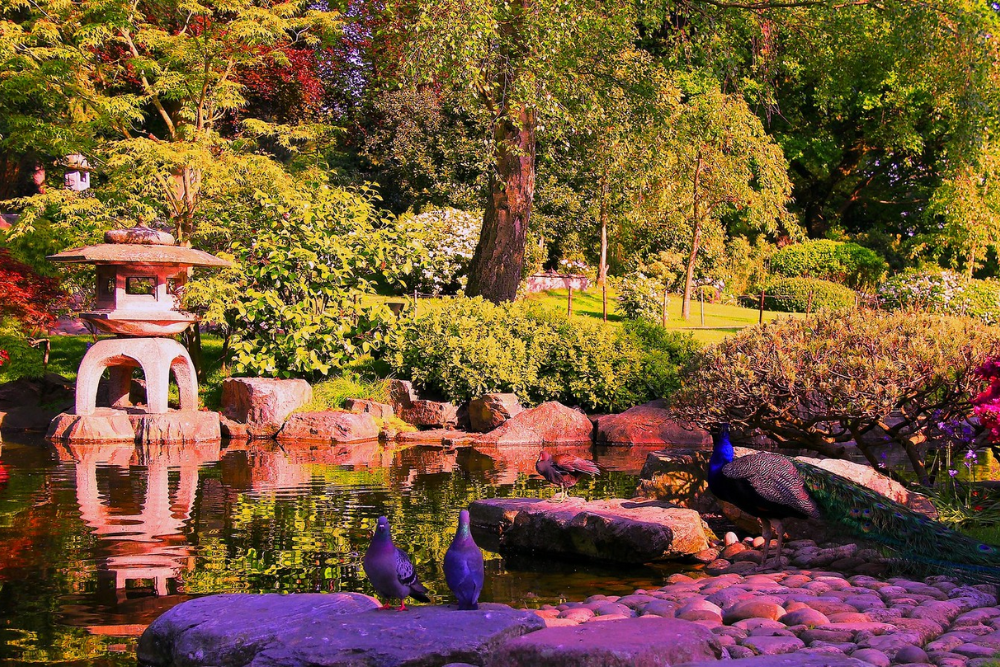
Kyoto Garden lies within Holland Park yet maintains a distinct identity as an authentic Japanese garden donated by the Chamber of Commerce of Kyoto in 1991. Stone lanterns, tiered waterfalls, and a carefully positioned koi pond create a masterclass in Japanese garden design principles where every element has been considered for its symbolic and visual impact.
The garden’s emphasis on seasonal change makes it worth visiting throughout the year, from spring cherry blossoms to autumn maple colors, with each season highlighting different aspects of its thoughtful design and planting.
Like Travel Pug’s content? Follow us on MSN.
Camley Street Natural Park, King’s Cross
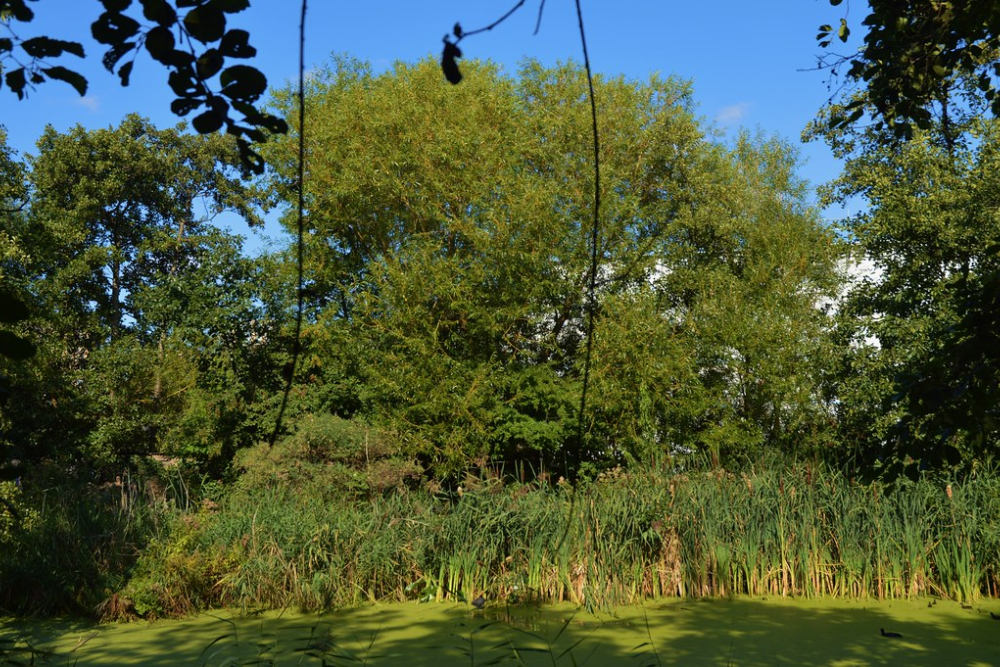
Camley Street Natural Park has transformed two acres of former coal yards into an urban nature reserve between Regent’s Canal and the redeveloped King’s Cross area. This ecological oasis features woodland, meadow, and wetland habitats supporting remarkable biodiversity just minutes from one of London’s busiest transportation hubs.
The park’s floating platform extends over the pond, allowing visitors to observe waterfowl and aquatic insects at close range. At the same time, educational programming helps Londoners connect with urban ecology through hands-on conservation activities and wildlife monitoring.
Red Cross Garden, Southwark

Red Cross Garden represents a Victorian social experiment restored to its former glory – originally designed by Octavia Hill, social reformer and co-founder of the National Trust, as a model garden for working-class Londoners. The garden’s meticulous restoration includes a recreated bandstand, formal planting beds, and a small ornamental pond that closely follows the original 1886 design principles intended to improve residents’ quality of life.
This picturesque space tucked behind colorful cottages continues Hill’s vision of providing restorative green environments for urban communities. At the same time, interpretive materials share a significant place in the history of social housing and urban planning.
The Garden Museum, Lambeth
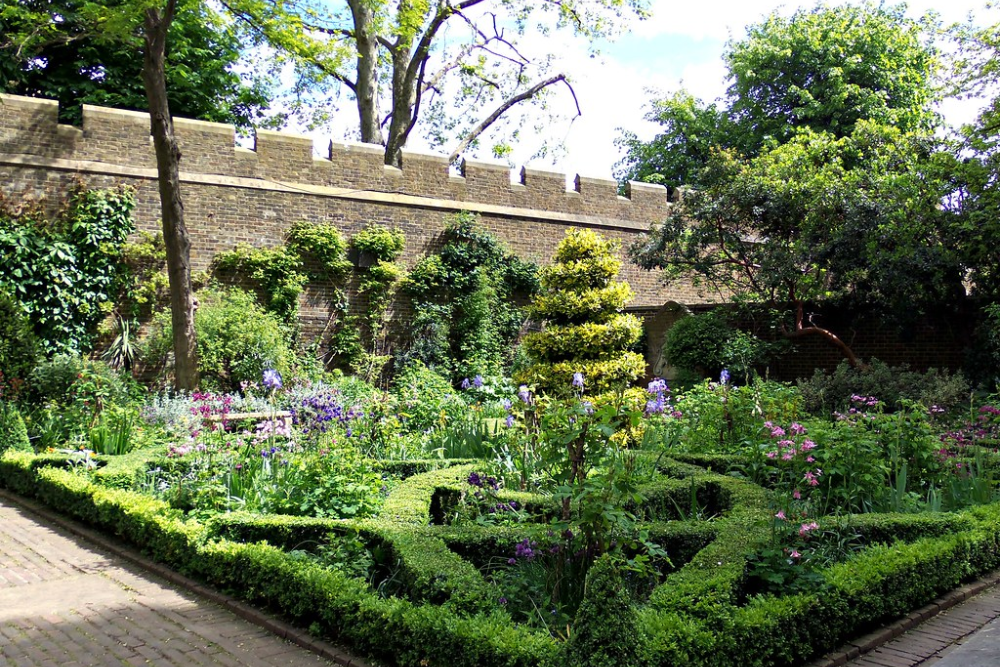
The Garden Museum surrounds the deconsecrated church of St. Mary-at-Lambeth, where its knot garden and tomb yard create a peaceful retreat beside Lambeth Palace. The redesigned garden draws inspiration from 17th-century tradescants’ plant collecting journeys, featuring rare botanical specimens within a contemporary framework that respects the site’s historical significance.
Though the museum itself requires admission, the garden café allows visitors to enjoy the greenery without entry to the main exhibitions, providing a peaceful coffee spot surrounded by unusual plants and the tomb of Captain Bligh of Bounty fame.
Like Travel Pug’s content? Follow us on MSN.
St. John’s Lodge Garden, Regent’s Park
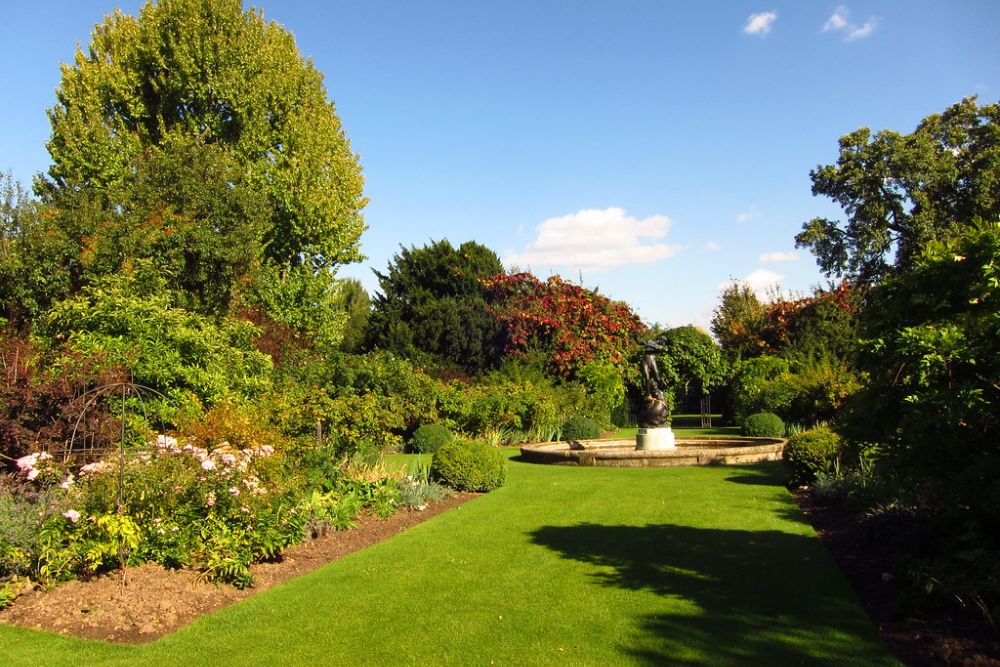
St. John’s Lodge Garden hides within Regent’s Park through an unassuming entrance that leads to a series of garden rooms designed as a ‘garden of reflection.’ Originally part of a private residence, this meticulously maintained space features a circular lawn surrounded by pergolas, a sunken garden with a central pool, and a thoughtfully positioned sculpture that encourages contemplation.
The garden’s design creates a sense of journey as visitors move through different areas with changing atmospheres, from formal arrangements to more naturalistic plantings, all while remaining remarkably peaceful despite its location in one of London’s major parks.
Culpeper Community Garden, Islington

Culpeper Community Garden transformed a derelict site in Islington into a thriving community-managed garden that balances food production with ornamental planting and wildlife areas. Individual plots showcase diverse gardening styles side by side, creating a patchwork of vegetables, flowers, and herbs maintained by residents from various cultural backgrounds.
The garden’s communal areas include a pond, wildflower meadow, and social spaces that host community events, demonstrating how urban gardening creates not just environmental benefits but social connections that strengthen neighborhood resilience and well-being.
Cable Street Community Gardens, Shadwell
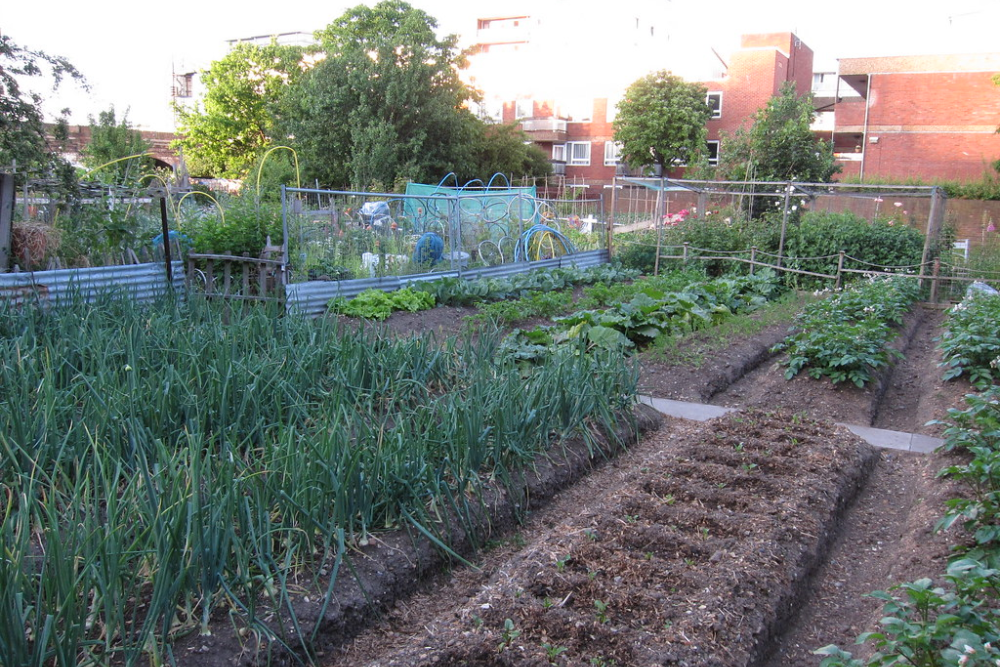
Cable Street Community Gardens has converted former railway land into productive growing spaces where over 100 small plots create a surprising rural atmosphere in the shadow of the city’s financial district. These allotments demonstrate remarkable cultural diversity through their varied growing styles and crop selections, reflecting East London’s multicultural communities.
Narrow paths between plots reveal unexpected views of iconic London landmarks juxtaposed with abundant vegetable gardens, creating surreal urban-rural contrasts that make this space particularly photogenic despite its practical focus on food production.
Like Travel Pug’s content? Follow us on MSN.
The Garden at 120, City of London
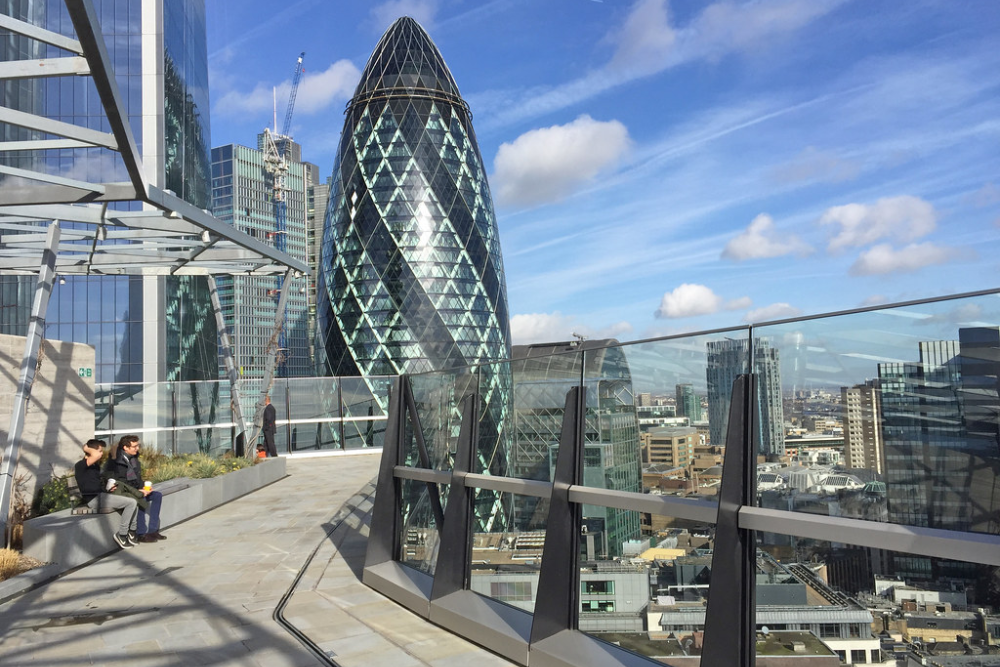
The Garden at 120 opened in 2019 as London’s largest free rooftop garden, yet remains less known than other elevated green spaces like the Sky Garden. Located atop a commercial building at 120 Fenchurch Street, this contemporary garden offers spectacular views across London alongside thoughtfully designed planting featuring Italian wisteria, Japanese maples, and Mediterranean herbs.
The garden’s water feature runs through its center, creating both visual interest and soothing sounds that partially mask the city noise below, demonstrating how even the most modern developments can incorporate accessible green space.
Chelsea Physic Garden, Chelsea
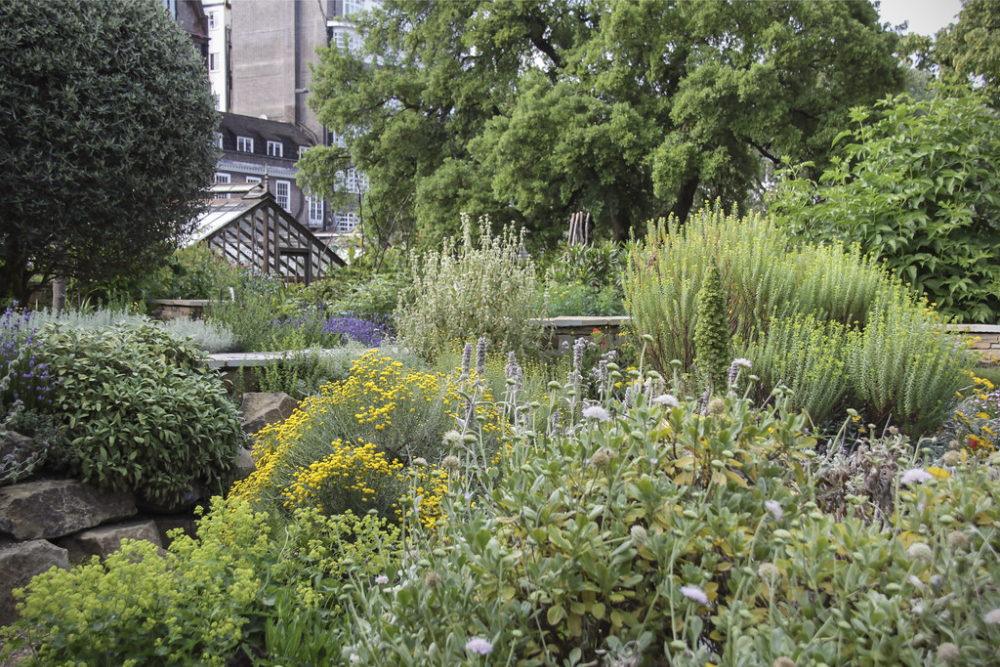
Chelsea Physic Garden remains surprisingly under-visited despite its historical significance as London’s oldest botanical garden, founded in 1673 to grow medicinal plants. Sheltered by high walls that create a microclimate allowing rare specimens to thrive, this four-acre garden maintains educational collections organized by plant uses rather than purely ornamental considerations.
The garden’s scientific heritage continues through its focus on ethnobotany, with areas dedicated to plants used in medicine, perfumery, and dyeing across different world cultures, creating a living encyclopedia of plant-human relationships within an unexpectedly tranquil Chelsea setting.
The Skip Garden, King’s Cross
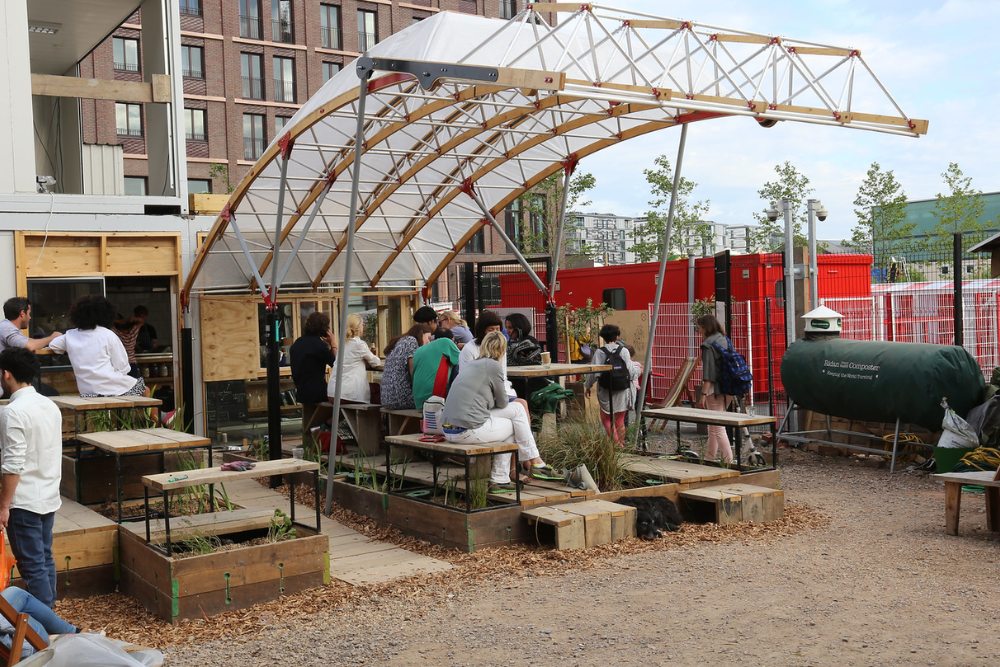
The Skip Garden operated as a nomadic urban garden that moved around the King’s Cross development area in repurposed industrial containers before establishing a permanent home. This innovative project demonstrates sustainable urban agriculture through vertical growing systems, polytunnels, and composting technologies that maximize productivity in limited space.
Beyond food production, the garden functions as a community hub, offering training for young people and hosting sustainability workshops that connect environmental principles with practical skills. It shows how underutilized urban spaces can become catalysts for both ecological and social regeneration.
Like Travel Pug’s content? Follow us on MSN.
Rembrandt Gardens, Little Venice
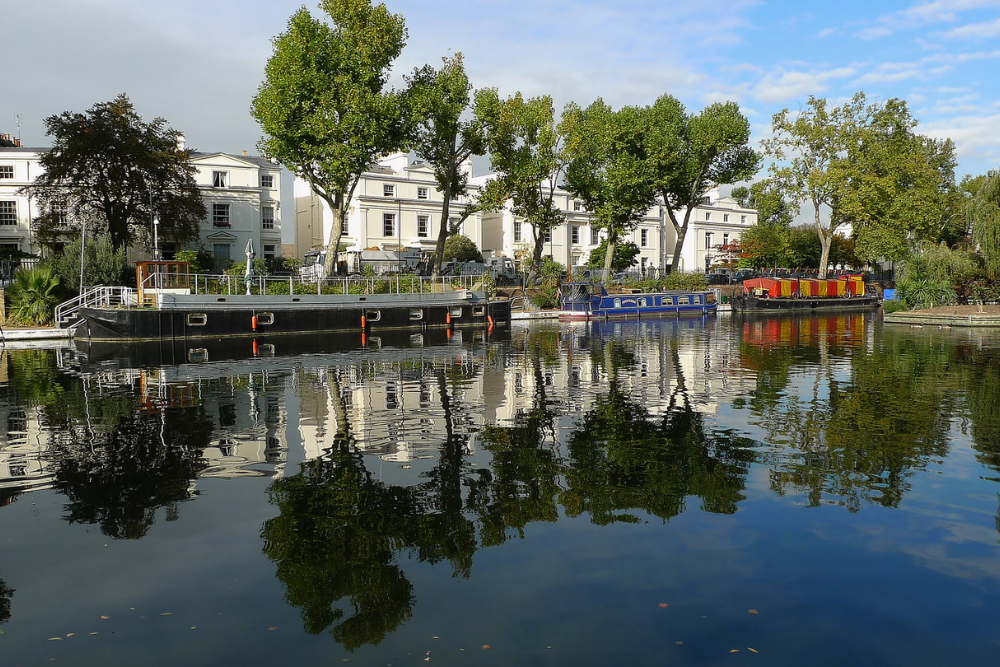
Rembrandt Gardens sits beside the junction of Regent’s Canal and Grand Union Canal, offering spectacular waterside views that feel removed from typical London scenery. Originally named after the Rembrandt tulips gifted by the City of Amsterdam, the garden maintains a Dutch influence in its planting schemes while providing a perfect vantage point for watching narrowboats navigate Little Venice.
Formal flower beds contrast with more naturalistic waterside planting, creating diverse habitats that support urban wildlife while providing a peaceful spot for canal-side contemplation away from better-known waterway sections.
Fann Street Wildlife Garden, Barbican
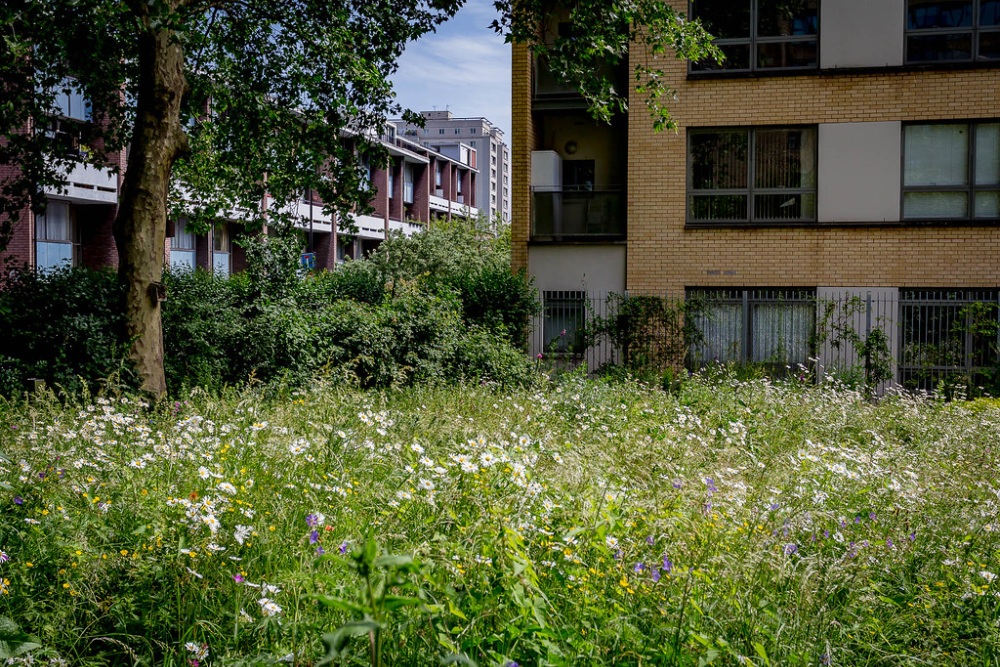
Fann Street Wildlife Garden is a volunteer-managed ecological project nestled within the Barbican Estate. It is specifically designed to support urban biodiversity rather than human recreation.
This deliberately wild space includes dead wood piles for invertebrates, bird and bat boxes, insect hotels, and native woodland planting that creates habitat niches for species struggling to survive in the urban environment. Though only open to the public on specific days, the garden demonstrates how even small city spaces can make meaningful contributions to wildlife conservation when human designs work with natural processes rather than against them.
Hampstead Hill Garden and Pergola, Hampstead
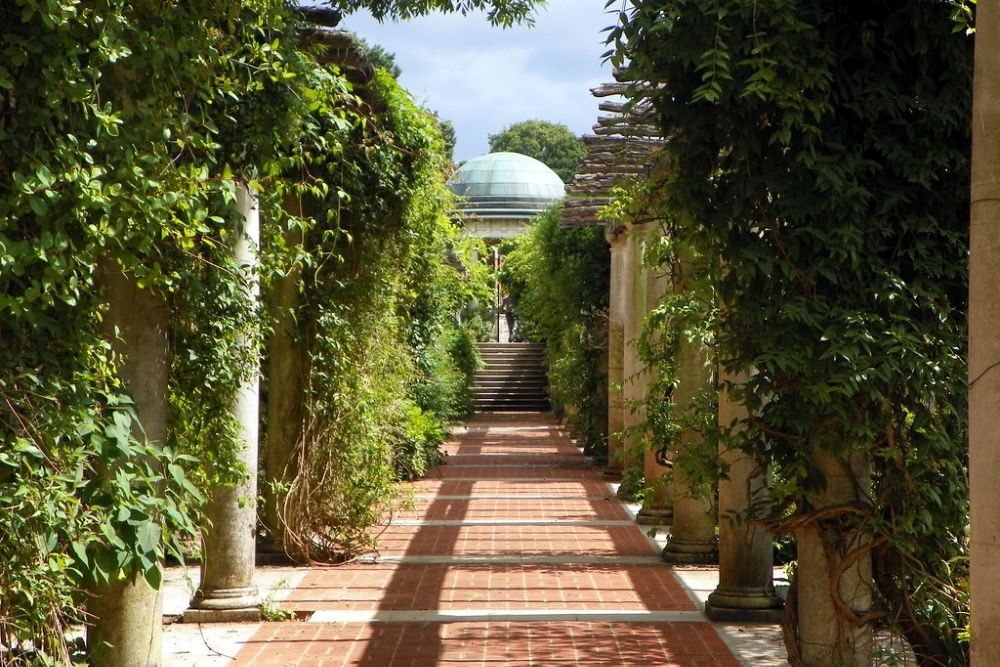
Hampstead Hill Garden and Pergola stands as a magnificent Edwardian entertaining space now pleasantly decaying into atmospheric ruin above the West Heath. Built by Lord Leverhulme to host lavish garden parties, the elevated pergola walkway stretches for hundreds of feet, offering spectacular views through rose-covered columns that create dappled light patterns on the walkway.
The structure’s gradual reclamation by nature – with vines twining through stonework and weathered timbers – creates a romantic atmosphere that feels like discovering a forgotten historical treasure despite being accessible via public footpaths.
Like Travel Pug’s content? Follow us on MSN.
London’s Green Sanctuaries
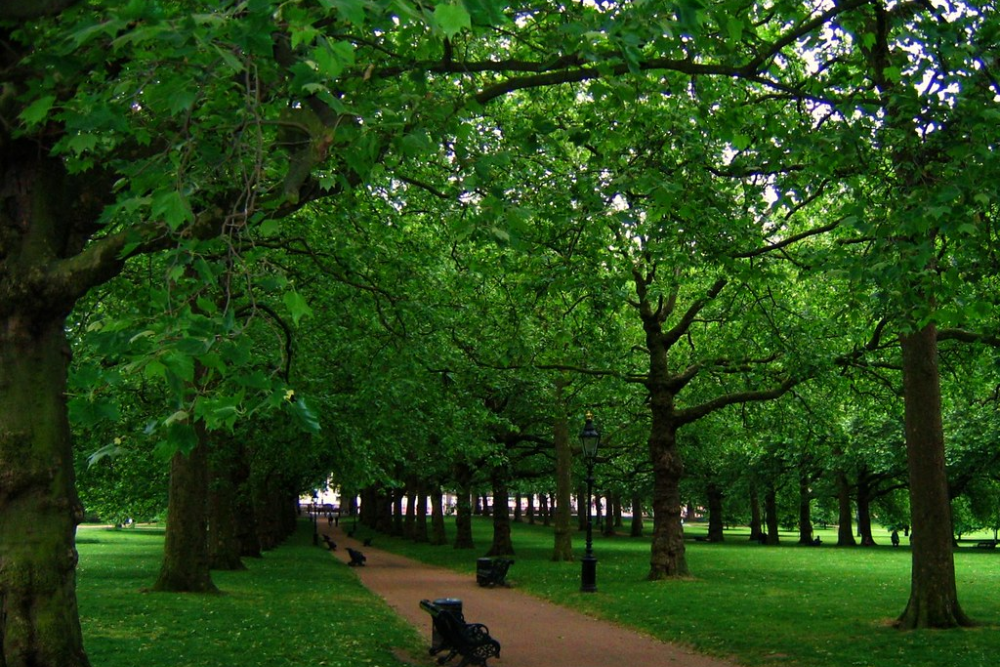
These hidden green spaces represent London at its most surprising – a city capable of harboring tranquil gardens in unexpected places and repurposing historical sites into thriving ecological habitats. Beyond providing moments of peace for city dwellers, these gardens tell stories of London’s social history, botanical exploration, community resilience, and ongoing relationship with the natural world.
For visitors seeking experiences beyond typical tourist attractions, these secret gardens offer authentic connections to London’s quieter side and the chance to see how urban environments can nurture both biodiversity and human well-being when space is valued for more than just commercial potential.
More from Travel Pug

- 20 Destinations That Were Once Thriving but Are Now Quietly Disappearing
- 13 Destinations Where Tourists Regularly Regret Their Trip
- 20 Once-Popular Beach Towns That Are Now Ghostly Empty
- 10 Under-the-Radar Mountain Towns That Are Both Affordable and Beautiful
- Take a ‘Learning Vacation’ in These 20 Extraordinary Places
Like Travel Pug’s content? Follow us on MSN.
